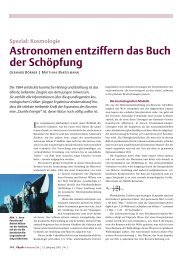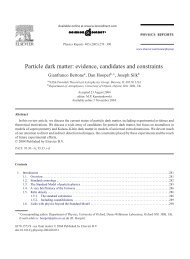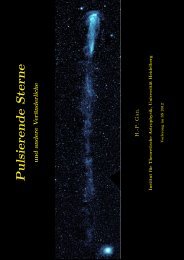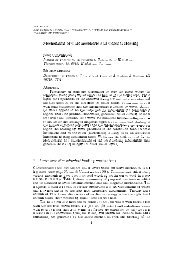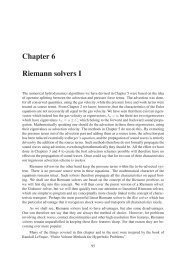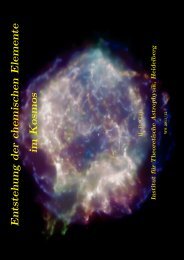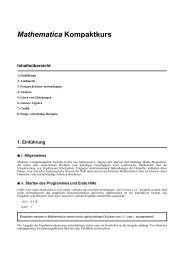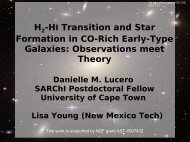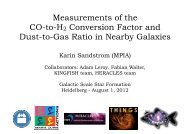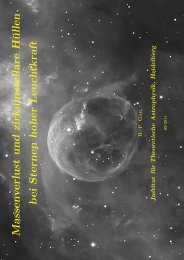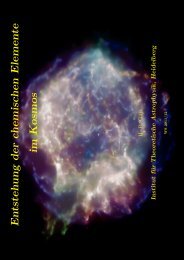low-z analogs for high-z star forming galaxies
low-z analogs for high-z star forming galaxies
low-z analogs for high-z star forming galaxies
You also want an ePaper? Increase the reach of your titles
YUMPU automatically turns print PDFs into web optimized ePapers that Google loves.
Summary: disky U/LIRGs at <strong>low</strong> redshift<br />
Local ULIRGs are smaller extent than <strong>high</strong>-z extreme <strong>star</strong><strong>for</strong>mers and not perfect <strong>analogs</strong>.<br />
Large, <strong>high</strong> SFR disks are rare at <strong>low</strong> redshift, but they do exist.<br />
Herschel/PACS spectra of [C II] and [O I]: disks have <strong>high</strong> [C II] / L_FIR, no [C II] deficit.<br />
Thus unlike local ULIRGs, but similar to <strong>high</strong>-z SF <strong>galaxies</strong> and extreme objects.<br />
The far-IR line ratios are plausibly explained by density effects: the disky objects have <strong>low</strong>er<br />
density or ionization, and <strong>low</strong>er dust temperature, than the ULIRGs.<br />
These objects may be a good laboratory to understand physical conditions that are<br />
more common in main-sequence or even merger SF <strong>galaxies</strong> at <strong>high</strong>er redshift. We have<br />
optical spectra <strong>for</strong> resolved metallicity and extinction, and need CO measurements <strong>for</strong><br />
surface density and SF efficiency; <strong>high</strong> resolution imaging to study distribution of SF regions.



